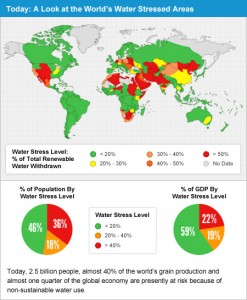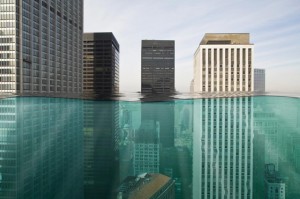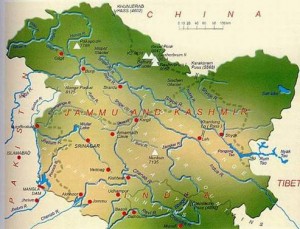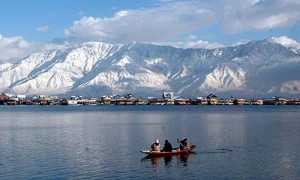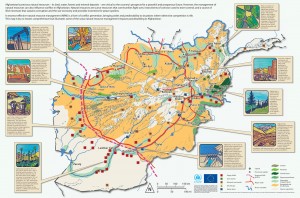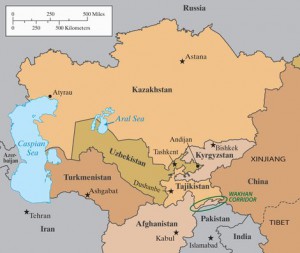Uncertainty on figures hampering food security efforts
Mark Kinver
BBC News, 4 October 2013
More than 600 scientists gathered in the Netherlands for a global food security conference, described as the first of its kind.
Organisers said science could help end uncertainty surrounding efforts to meet the food needs of future generations.
They added that, until now, there were many policy debates on food security but there was no scientific forum for researchers to share knowledge.
The next food security conference will be held in the US in 2015.
“A really key message from the conference for us is that we have got lots of estimates about needs of population growth etc, but at the moment we are so uncertain of the exact numbers – the uncertainty is really very high,” said conference co-chairman Ken Giller, professor of plant production systems at Wageningen University.
“We talk about the current population being seven billion, moving to 9.2 billion in 2050 and the estimate is that we need to increase production 70% or more.
“But there are many different ways of addressing that. If we don't know what the problem is then we can't get started in addressing them.”
Continue reading “Berto Jongman: Food Security — Rotten Intelligence, Worse Ethics”

